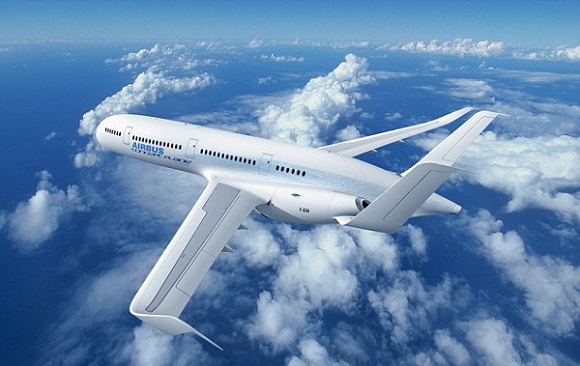Researchers at MIT and Stanford have developed a new angle on a 60 year old biplane design that can travel at supersonic speeds, while reducing the amount of sonic boom produced. The design has been based on Busemann’s Biplane, a concept created by German engineer Adolf Busemass. He determined that using two wings either side of a plane, each in the shape of a flattened triangle, would reduce the noisy sonic boom that make supersonic aircraft an annoyance. However, because of the amount of drag produced, reaching supersonic speeds proved to be a problem.
Qiqi Wang and his research team have appeared to have found a solution. Using computer models, the team went about almost 700 different possible wing configurations before reaching the optimal wing shape for the bi plane design, which cuts drag by almost 50% compared to a standard supersonic jet. Not only would this design make the aircraft quieter, it would also greatly improve fuel efficiency, making it attractive for commercial aircraft. Unfortunately, just like Busemann’s Biplane, the design is only a concept. However, with a potential wing shape, the team will build a 3D model to see just how well it will fair against the conditions planes face in the air.











